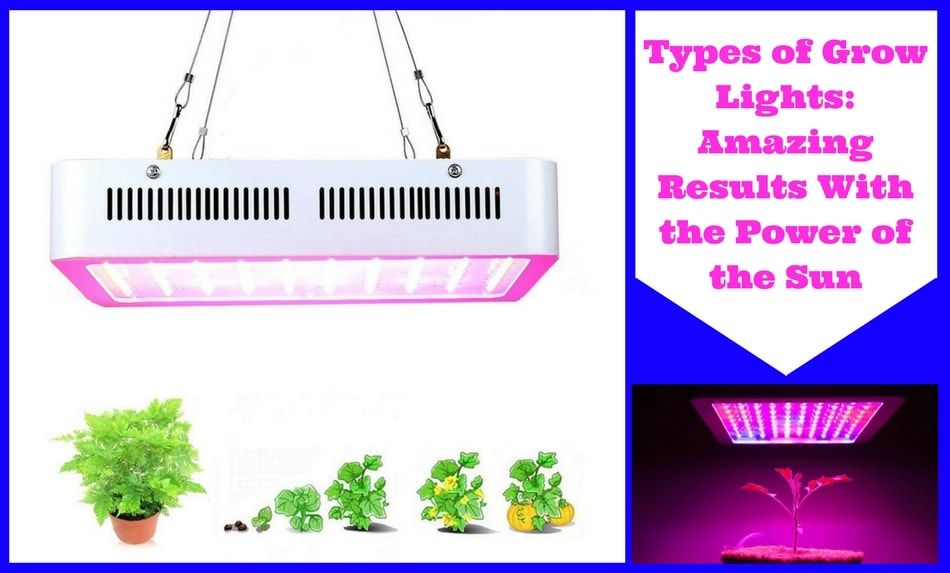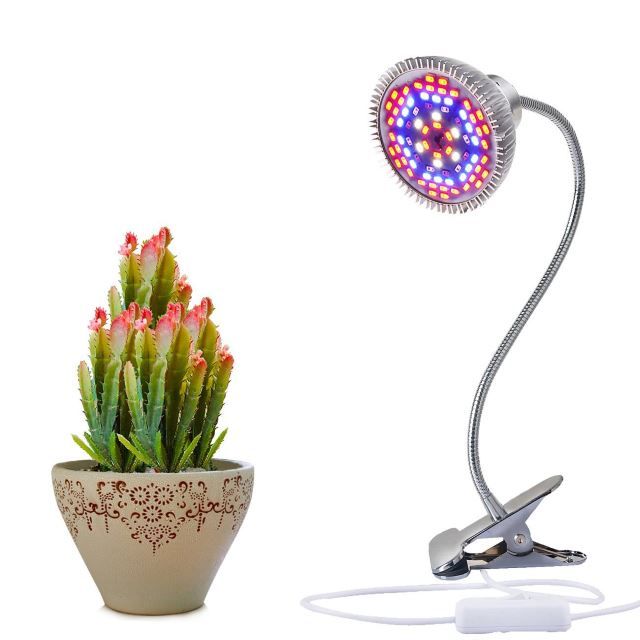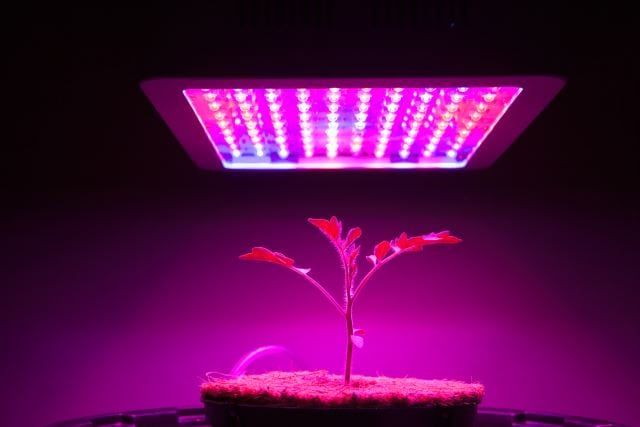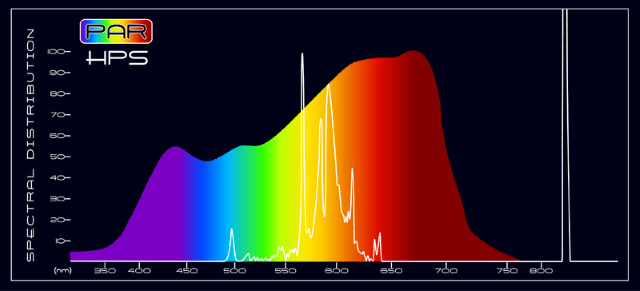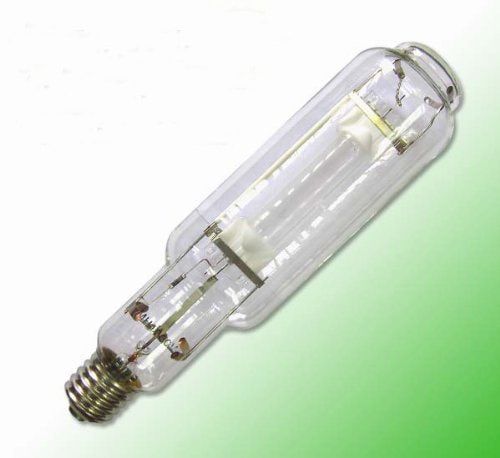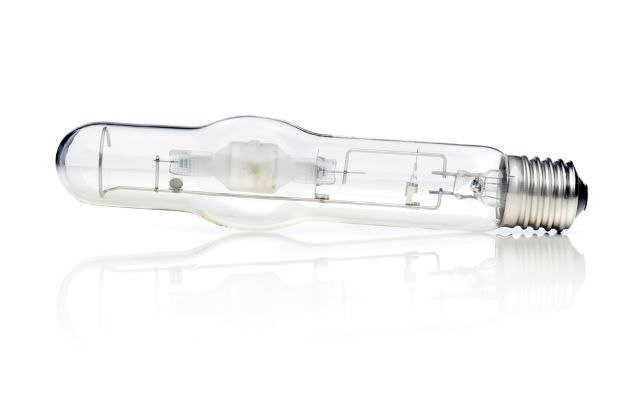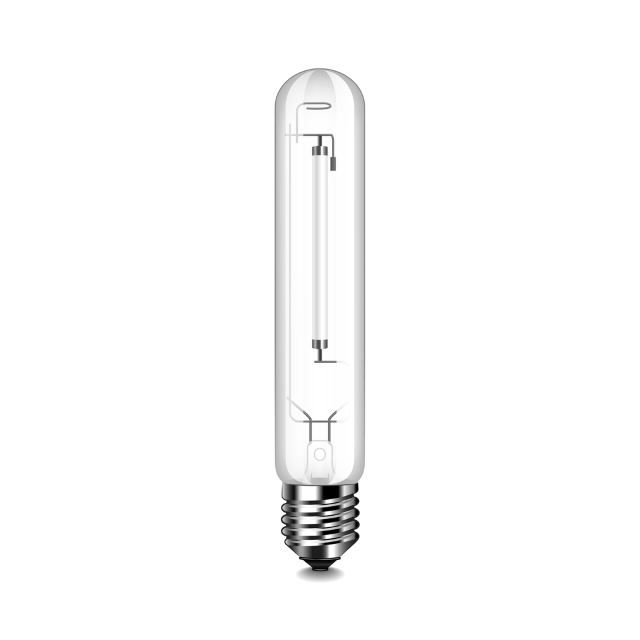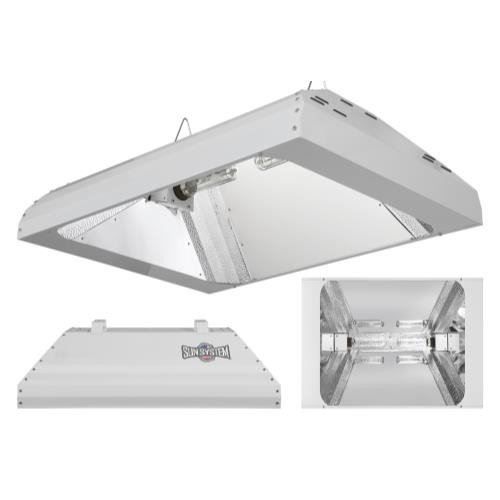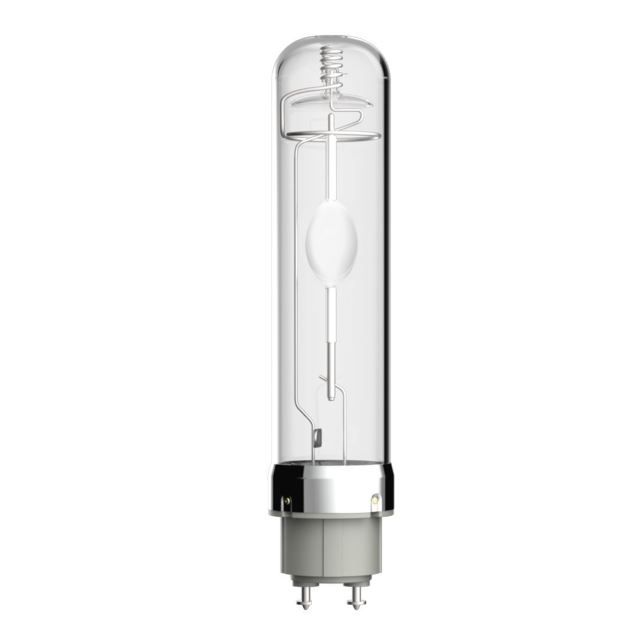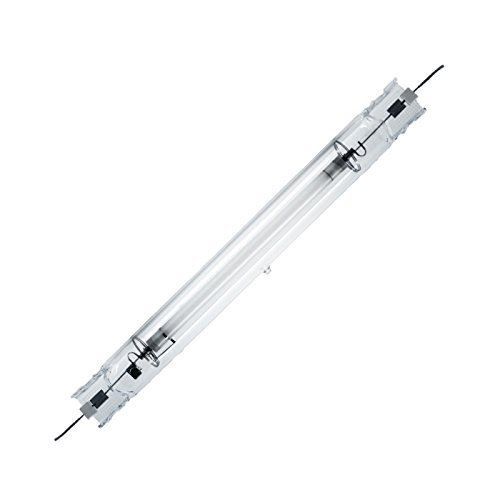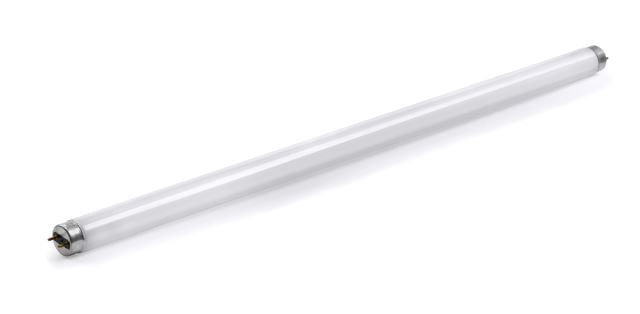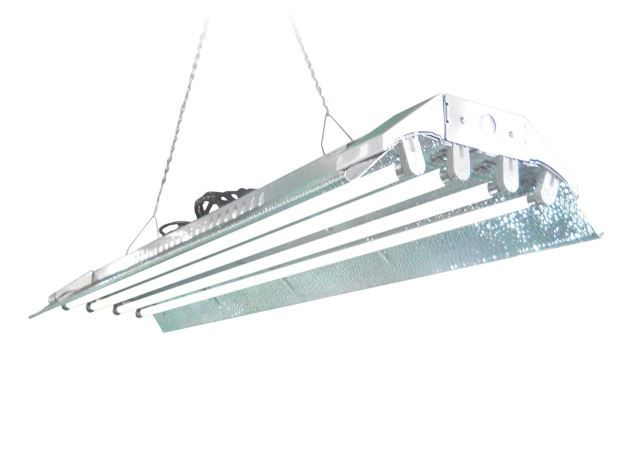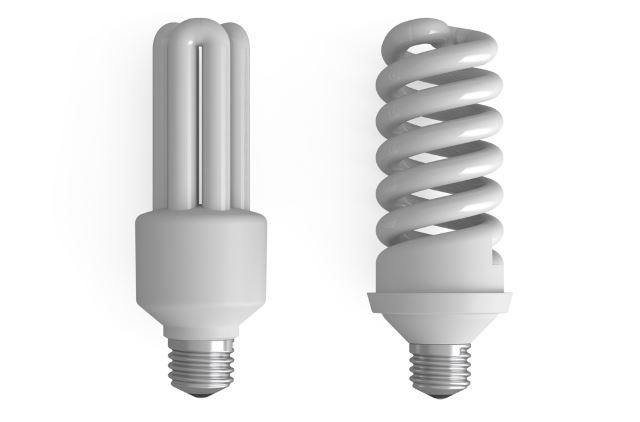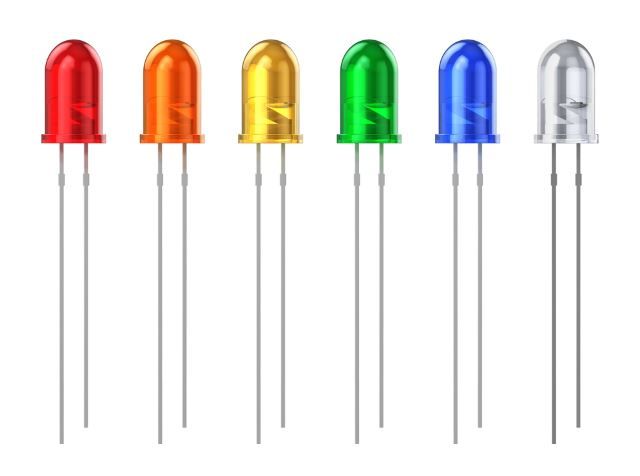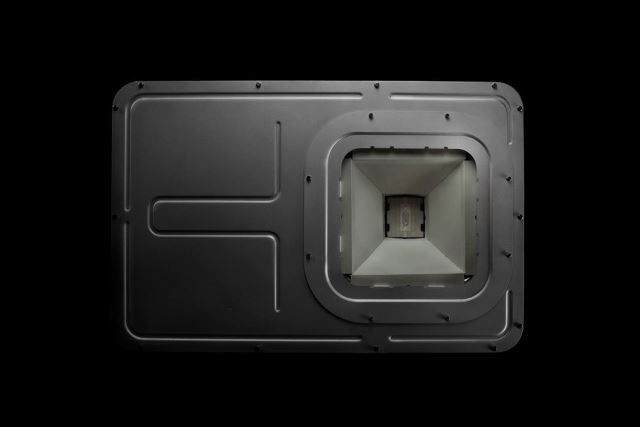The many types of grow lights available to ensure strong, healthy, and vigorous vegetative growth and production can often be hard to sift through. Even if you are looking for specific growth cycle support, you might become slightly overwhelmed by the different choices and their actual capabilities. Nothing is worse than trying to compare the labels of your choices and not being able to find them all in one spot, so I’ve compiled a list of all the most current grow lights used for various plant growth stages all in one spot.
Whether you are curious about how different types of grow lights may influence indoor plant health, are a hobbyist seasonal grower, or even a more serious crop producer- all you need to know can be found below to help you get started in making choices that will best support your plant needs.
What is a Grow Light?
Grow lights are artificial lighting choices that are designed to mimic specific spectral wavelengths given off by the sun to support vigorous, and healthy plant growth and production. Grow lights come in a wide variety of size and shape choices, as well as specific uses, to better meet the various stages of growth your plants go through as they mature. They are popular with everybody ranging from counter top herb garden enthusiasts, backyard gardeners, hobbyists, horticulturists, as well as those crop producers looking for serious vegetative support.
How Do Grow Lights Work?
Light is one of the major components plants need to survive. Whether you are looking for the best indoor light, best seed starter light, best light for flowering orchids, or for weed, your light choices should influence your plant growth and production. Plants utilize light to support the chemical process of photosynthesis, the process plants use to convert sunlight into energy your plants can use to grow and produce.
Photosynthesis is one of the single most important processes on the planet as it supports all life in one way or another. In fact, we can attribute much of our own energy resources to the millions of years worth of photosynthetic processes that has occurred and influenced organic remains. Photosynthesis also supports the release of oxygen into the air creating a healthier environment.
What Spectrums of Light Do Plants Use?
Even though sunlight is made up of a very wide spectrum of light wavelengths, our eyes are only able to see the white spectrum, which consists of the colors you and I are familiar with from a very young age. Plants, however, only utilize a few colors found within this spectrum: mainly those found within the blue and red/orange range. In fact, the reason most plants look green to us is is because they often reflect the green wavelengths rather than absorb them.
Blue wavelengths are shorter, and warmer than their red/orange counterparts. The blue spectrum supports plant growth, thick stems, and healthy branches, and an abundance of leafy vegetation to partake in photosynthesis. Red wavelengths are longer, and cooler, and are desired by plants for blooming and plant crop production. Plants also may use parts of the UV.
What Different Types of Grow Lights Exist?
Since plants desire differing spectral light wavelengths at various stages of their growth, there exists a wide range of grow lights, and grow light bulbs. Even the most experienced grower can be easily overwhelmed by the amount of choices they have- and within a constantly evolving technological world, it’s important to know what’s available to provide the best lighting possible to your plants.
High Intensity Discharge (HID)
Popular with serious growers, High Intensity Discharge (HID) lights have a high light output and are a dependable go to for specific stages of plant growth. These are some of the most commonly found bulb types due to their efficiency and the fact that almost all are single ended and are interchangeable with one another. All HID bulbs are used within a ballast and reflective hood of some sort to concentrate the light exactly where you need it. These ballasts are very handy in that you can change out and use multiple types of bulbs within them during different stages of plant growth. Many are also dimmable, making them even more efficient and handy for when you want to control the concentration of light upon your plants.
Metal Halide (MH)
Metal Halide (MH) lights are an HID choice that produces more light in the blue range of the spectrum and is considered an excellent choice for seedlings and early plant growth and development. It is also very helpful in finishing producing plants prior to bloom. They are also popular for non-blooming plants that need more than what a window may provide through the winter months
They emit a bluish- white looking light. When used correctly you should get thick, full, and healthy plants prior to maturity and production. Typically they have a 6,000-15,000 hour light life.
High Pressure Sodium (HPS)
High Pressure Sodium (HPS) lights fall into the red spectral range to mimic late day sunlight and influence bloom and production. These are the lights most often used in later stage growth when plants have reached maturity and are beginning to put their energy towards crop production. These are very popular with indoor gardeners due to the high amount of usable light.
A 400 watt bulb can easily cover an area of about 15 feet and has a life expectancy of 12,000-24,000 hours.
Light Emitting Ceramics (LEC) and Ceramic Metal Halide (CMH)
Light emitting ceramics (LEC), also often known as ceramic metal halides (CMH), are a combination bulb that emits both blue and red spectral wavelengths to better support all stages of plant growth in a single light. Because of the ceramic element, these do burn warmer and are not always the best option for smaller grow areas unless it is well vented. But on the flip side they are also less likely to burn your foliage. And they do last, on average, twice as long as MH and CMH choices.
Double-Ended Lighting (DE)
Double Ended Lighting (DE) is a fairly new process and uses a double-ended tube like bulb much like a fluorescent tube. They do, in fact, use a gas to produce light and create a more intense light that is more available to plants to utilize. The light produced is more towards the blue, and ultra-violet ends of the spectrum, and care should be taken when using them to ensure proper exposure.
They also are much more efficient and can still be producing up to 90% of available light after 10,000 hours of use. They are pretty high intensity, and can produce 750-1000 watts of power or more. Plus their long, tubed shape allows for them to be used in long rows when ballasts are daisy chained together.
Fluorescent
Fluorescent lighting are long, tube bulbs that involves a chemical process between gases and mercury vapor interacting with each other. When electricity is added they glow, and create a resulting white light that produces a range of orange to blue spectral wavelengths popular with early plant, and healthy stem and leaf growth.
These tubes are used within ballasts much like HID bulbs, but all fluorescent bulbs are double ended to create the electrical current needed to create light. Fluorescents come in high output (HO) or very high output (VHO) choices and need to be matched to their ballast types when replacement is necessary; although they are extremely long lasting, and can provide good lighting for 50,000 hours or more with very little loss in intensity. Plus they run extremely cool, making them excellent choices for small growing areas.
T5, T8, and T12 Bulbs
The T in the name of these bulbs refer to the fact that they are tube shape, and the number indicates their overall size. T5 fluorescent bulbs measure ⅝ inch in diameter, making them smaller than their relative counterparts. This size also happens to be more convenient, more lightweight, and also more efficient as they put out light output overall.
T8 are approximately an inch in diameter, and T12 are approximately one and a half inches in diameter, making them the largest of the T series. The larger the size, the less light intensity, and life each bulb produces. These bulbs mostly still exist in order to fill any lingering demands of older ballasts systems since they are long-lasting and are popular with more than plant enthusiasts due to their efficiency.
*You might also like: T5 Vs T8 Grow Lights: What You Need To Know.
Compact Fluorescent (CFL)
These are a single ended, tubed bulb that uses argon and mercury vapor to create an efficient white light that can last 6,000 to 10,000 hours when used correctly. Because of the chemical process occurring, like all fluorescent lights they do take a little bit of time to get going and are more efficient when used for 15 minutes or more at a time, or they will draw more energy each time they are turned on. These are a popular light for home lighting as well as gardening as they can put out various spectral wavelengths. Plus they are cool to use and work well in small spaces.
Light Emitting Diode (LED)
Light Emitting Diodes or LED lighting, is a fast growing, and popular lighting solution that provides long lasting, efficient, and incredibly cool results in many different areas of lighting manufacturing. One place they have grown in leaps and bounds is their uses for both small, and large scale plant growth and production. Because they are small bulbs, and can be customized to provide a specific wavelength, they can be used with one another to create a light panel that covers all of the spectrums your plants need in just one unit.
Although there is often a higher initial cost, these more than pay for themselves since they are so versatile and efficient in their overall use. 50,000 hours or more of use have been recorded with LED light use, making them one of the longest lasting bulb available. Small units can be used for counter top herb grows with ease, while larger panels and be joined together to cover larger, enclosed grow spaces without worry of overheating or plant burn.
Light Emitting Plasma (LEP)
Some of the newest technology in the grow light market, Light Emitting Plasma (LEP) is also known by a variety of other names such as Induction Grow Lights, Sulphur Plasma Light, or similar variations of these names. Basically what these comes down to is the burning of gas at very high temperatures which creates a light that mimics the sun. This provides a more full coverage of the sun spectral wavelengths. Even though plants do not utilize the entire spectrum, mimicking those they do are obviously beneficial to their overall growth and health.
Because they are so hot, they cannot be placed close to your crops, and are supposed to be a good solution to high ceilinged rooms as they provide a wide footprint of coverage. They also are supposed to be extremely long-lived, although they are so new that many specifications of their use have not yet been determined.
Conclusion
With the many available grow lights for purchase you need to sift through what you exactly need for your plant’s various growth stages. Vegetative growing stages benefit most from the bluer end of the spectrum, whereas mature plants that are close to boom and production will take advantage of the red/orange range. Providing specific wavelengths, or a wider spectrum of wavelengths, can be achieved to provide light to different plants in differing stages of growth no matter whether you are a simple gardener, or a large scale crop producer.
This quick guide to grow lights available for your plants hopefully can get you started in the right direction to find out exactly what you need. If you have any further questions, or comments, about any of the lights I’ve listed above, please comment below and I’ll get back with you! And if you’ve found this helpful, please share!

